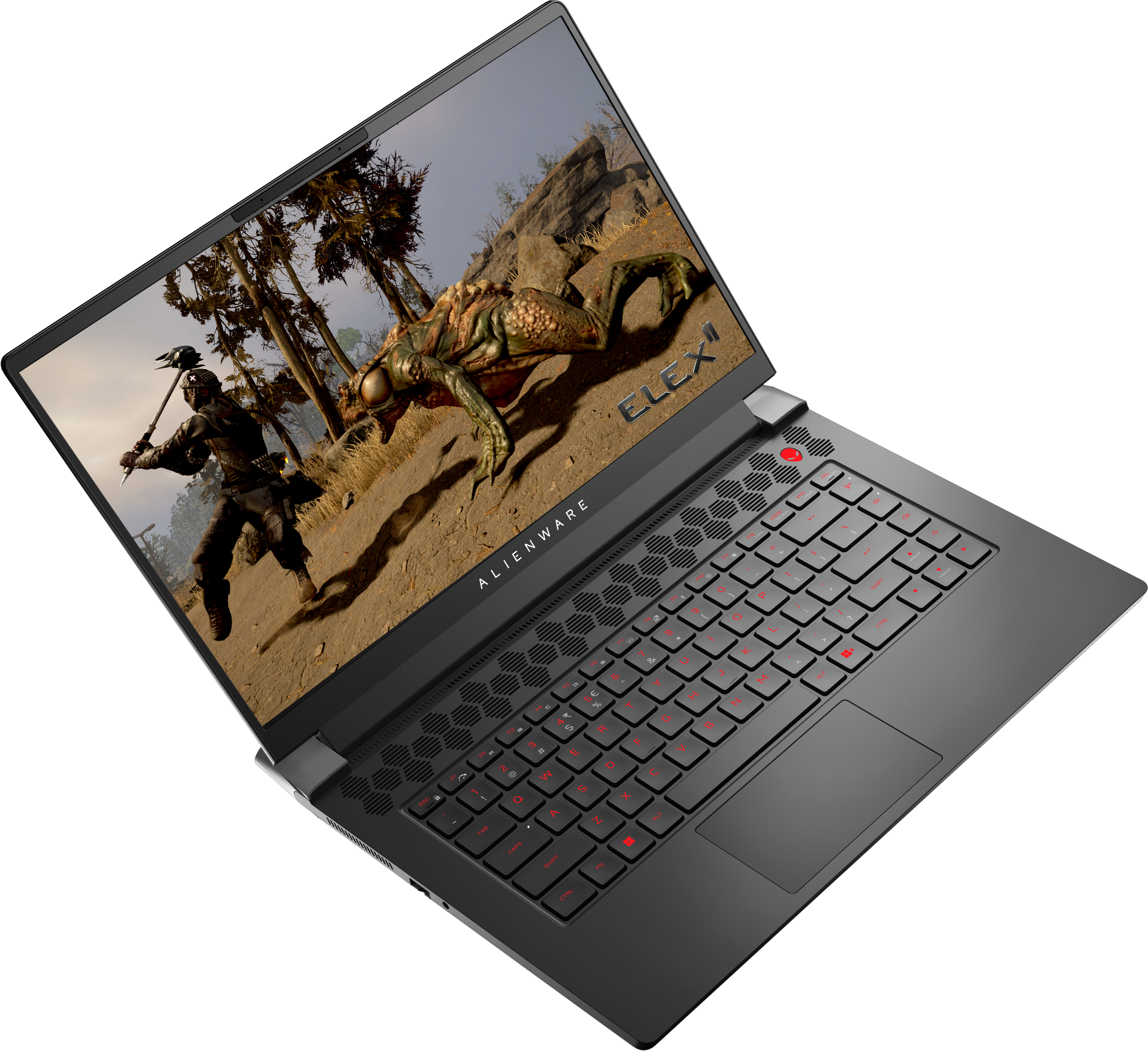Unleash the Power of 4K Streaming: Fire TV Stick 4K with Alexa Voice Remote (Limited Deal!)

Calling all movie buffs and binge-watchers! Today's spotlight shines on the ultimate streaming device for anyone craving a cinematic experience at home. The Fire TV Stick 4K with Alexa Voice Remote is currently on sale, making it the perfect opportunity to upgrade your entertainment setup.
Why Choose Fire TV Stick 4K?



- **Stunning 4K Ultra HD visuals:** Immerse yourself in crystal-clear, vibrant colors with support for Dolby Vision, HDR, and HDR10+. It's like having a mini movie theater in your living room!
- **Endless entertainment options:** Stream thousands of movies and TV shows across all your favorite platforms, including Prime Video, Netflix, Disney+ Hotstar, and more (subscriptions may apply).
- **The power of your voice:** The all-new Alexa Voice Remote lets you search for content, launch apps, and control playback with just your voice. No more scrolling through endless menus!
- **Seamless control:** Control not just your Fire TV Stick but also your compatible TV, soundbar, and receiver with dedicated power and volume buttons.
- **Live TV integration:** Catch live TV shows, news, and sports directly from the Fire TV Stick's home screen. No need to switch between devices!

Tech Specs that Impress:
The Fire TV Stick 4K boasts impressive hardware for a smooth streaming experience:
| Feature | Specification |
|---|---|
| Processor | Powerful 1.8 GHz quad-core processor |
| RAM | 2GB of LPDDR4 memory |
| Storage | 8GB of internal storage |
| Connectivity | Wi-Fi 6 support for supercharged wireless connection (**Fire TV Stick 4K Max only**) |
| Audio | Dolby Atmos support for immersive sound (**Fire TV Stick 4K Max only**) |
Universal Compatibility:
The Fire TV Stick 4K is designed to work with most TVs! As long as your TV has an HDMI port, you're good to go. It can work with most HD and 4K TVs, including older and newer models.
Don't Miss Out!
This is a limited-time deal! Grab the Fire TV Stick 4K and elevate your home entertainment experience to a whole new level.
Get Ready for a Ride! Bajaj CNG Motorcycle Launching Soon
Calling all Indian motorcycle enthusiasts! Buckle up because Bajaj is about to launch a CNG motorcycle, and it's being hailed as a game-changer for the two-wheeler industry.
Originally slated for 2025, the launch has been moved up to sometime between April and June 2024, thanks to positive developments and successful testing. This is exciting news for riders who prioritize both affordability and environmental consciousness.
Why CNG?
CNG, or compressed natural gas, offers several advantages over traditional petrol engines:
- **Cost-effective:** CNG is significantly cheaper than petrol, translating to big savings on running costs, especially for everyday commuters. CNG prices can fluctuate, but they tend to be much more stable than petrol prices. This can provide riders with more predictable budgeting and peace of mind.
- **Eco-friendly:** CNG burns cleaner than petrol, reducing emissions and your impact on the environment. CNG combustion produces fewer harmful pollutants like carbon monoxide and hydrocarbons. This can help improve air quality in urban areas and contribute to a greener future for India.
A Motorcycle Built for Everyday Riders
With its focus on fuel efficiency and affordability, the Bajaj CNG motorcycle seems tailor-made for everyday riders in India. Whether you're commuting to work, navigating busy city streets, or cruising along rural roads, this bike promises a lighter load on your wallet and a greener ride.
Bajaj CNG Bike: Features and Launch Date
While specific details haven't been revealed yet, Bajaj's CNG motorcycle is expected to launch sometime between April and June 2024. It will likely come equipped with a low-capacity engine for optimal fuel efficiency. The focus will be on keeping running costs low, making it a great choice for budget-conscious riders.
Speculative Features
Here's what we can speculate about the features based on similar CNG motorcycles in the market:
- **CNG Kit Integration:** The bike will likely have a specially designed CNG cylinder integrated into the frame or under the seat. This will require modifications to the traditional petrol motorcycle design to accommodate the CNG tank.
- **Digital Instrumentation:** A digital instrument cluster might be included to display information like fuel gauge (indicating CNG level), mileage, and trip meter. This can help riders monitor their fuel efficiency and optimize their rides.
- **Durability and Reliability:** Bajaj is known for its robust and reliable motorcycles. We can expect the CNG variant to maintain this focus on durability, ensuring a long lifespan for the bike.
A Game Changer for India?
Despite challenges like storage space for the CNG cylinder and the need for more CNG refueling stations, the Bajaj CNG motorcycle has the potential to revolutionize the Indian two-wheeler market. With its focus on affordability and eco-friendliness, it could be a major win for both riders and the environment. Stay tuned for more updates as we approach the launch date!
The launch of the Bajaj CNG motorcycle is a significant development for the Indian transportation sector. If successful, it could pave the way for wider adoption of CNG technology in two-wheelers. This could lead to significant cost savings for riders, reduced air pollution in cities, and a more sustainable transportation ecosystem for India.
# Top 5 Gaming Laptops in 2023
## 5. Acer Nitro 5
## 4. Asus ROG Zephyrus G14
## 3. Alienware M15 R7
## 2. Lenovo Legion Pro 7i (Gen8)
## 1. Razer Blade 18
# Conclusion
PDCA (Plan Do Check Act)
Continually Improving, in a Methodical Way
What Is PDCA?
The Four Phases of the PDCA Cycle
1. Plan.
2. Do.
3. Check.
4. Act.
When to Use PDCA
How to Use PDCA in Your Life
While PDCA/PDSA is an effective business tool, you can also use it to improve your own performance:
First, Plan: Identify what's holding you back personally, and how you want to progress. Look at the root causes of any issues, and set goals to overcome these obstacles.
Next, Do: When you've decided on your course of action, safely test different ways of getting the results that you want.
Then, Check: Review your progress regularly, adjust your behavior accordingly, and consider the consequences of your actions.
Finally, Act: Implement what's working, continually refine what isn't, and carry on the cycle of continuous improvement.
What is problem-solving?
- Problem Solving Methods are various methods used to solve the problem.
- - A Problem is an undesirable event or In other words, "Any Gap between what is expected and what is obtained".
- Any effort to reduce this gap between what is expected and what is obtained is called "Problem Solving".
What is the problem-solving approach?
The most important two things are related to all problems: 1. Goal and 2. Barriers
[1] Goal:
- It can be anything that we want to achieve or we want to be.
- Let's take one example to understand this thing.
- If I am hungry then my goal is to eat something. - If I am Managing Director of a company then my target is to increase profit this is the main goal and further, it is subdivided into many sub-goals to achieve the main target.
[2] Barriers:
- If there is no barrier to achieve the goal then it is not an issue. The barrier prevents the achievement of the goal.
- Let's take the above example to understand this thing.
- In the first case, my target is to eat something but I have no food at my home so this is a barrier. To remove this barrier I have to go to the shop or market to purchase
What is Problem Solving Skills?
- Creativity
- Team Work
- Research & Analysis
- Intelligence
- Risk Management (Risk Based Thinking).
- Decision Making
- Active listening
- Communication
What are the 5 steps problem-solving method
1. Identify
2. Analyze
3. Find out the Solution
4. Implement the Solution
5. Monitoring. Analysis, and Evaluation of Solution
Types of Problem Solving:
- Correction
- Corrective Action
- Prevention
- Preventive Action
[1] Correction
In a simple word "Correction is like first-aid, Correction is the instant action that is taken to correct the nonconformity or to reduce the impact of nonconformity
[2] Corrective Action
- Corrective actions are steps that are taken to remove the causes of an existing nonconformity or desirable situation or event
[3]. Prevention:
- Prevention is to eliminate the causes of potential nonconformities or potential situations that are responsible for an undesirable situation or event.
[4] Preventive Action
Preventive actions are steps that are taken to remove the causes of potential nonconformities or potential situations that are undesirable.
Problem Solving Methods:
1. PDCA - Cycle
2. DMAIC Method
3. 8D Method
4. A3 Method
[1] PDCA - Cycle:
- PDCA (plan do-check-act) cycle is also called the Daming Cycle or Daming Wheel
- While PDSA (plan-do-study-act) is called the Shewhart Cycle
- PDCA (plan-do-check-act) is a repetitive four stage model for Continuous Improvement in business or process management
- PDCA Cycle is implemented within
>Product Lifecycle Management
>Project Management
>Human Resource Management (HRM)
>Supply Chain Management (SCM) and many other areas of business
- PDCA Cycle refers to :
>>P- Plan Make Plan for any Project
>>D-Do- Carry out the Plan
>>C- Check Summarize the Result
>>A=Act - Determine what changes to be made
[2] DMAIC Method:
- DMAIC Methodology is a quality strategy used to improve processes
- In general, DMAIC can be implemented as a standalone Quality Improvement procedure or as part of other process improvements
- It is an integral part of a Six Sigma initiative

DMAIC Methodology refers to :
- D=Define
- M= Measure
- A= Analyze
- I = Improve
- C=Control
[3] 8D Method:
- 8D Methodology is widely used by Ford Motors and its suppliers
- This methodology was developed by ford motors and widely used by many manufacturing industries

Eight Steps or 8 Disciplines of 8D Methodology are mentioned below.
1. Create Team & Collect Information
2. Describe the Problem
3. Interim Containment Actions
4. Root Cause Analysis
5. Define the possible corrective actions
6. Implement corrective actions
7. Define actions to avoid recurrence
8.Congratulate the Team
[4] A3 Method:
- It is widely used by Toyota Motors and its suppliers.
Eight Steps of A3 Methodology are mentioned below.
- Clarify the issue
- Break down the issue
- Set the Target
- Analyze the root cause
- Develop countermeasure
- See Countermeasure
- Evaluate results & Processes
- Standardize Success

























